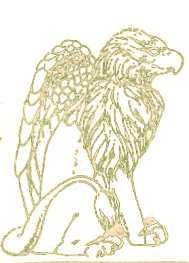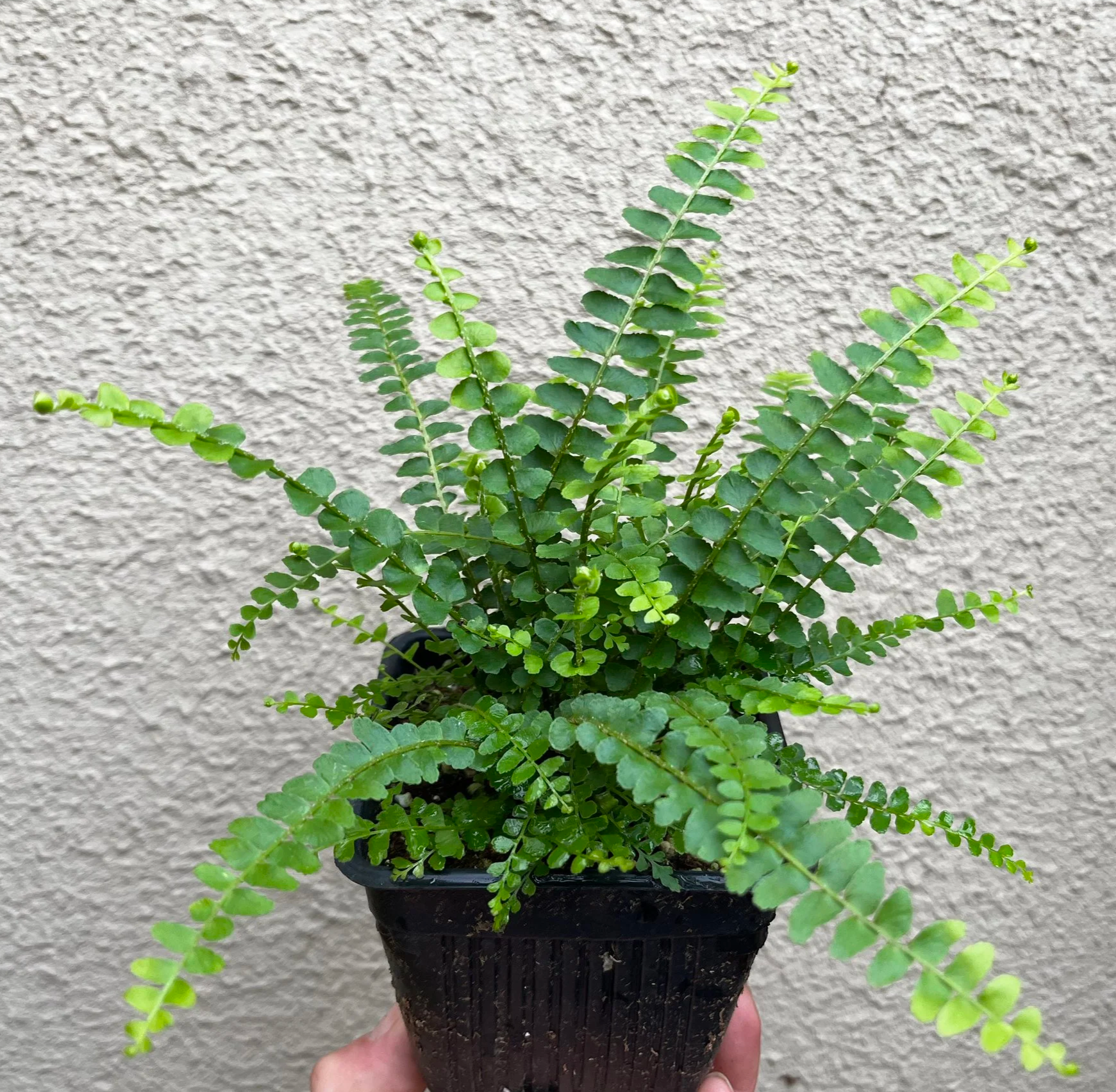Search for ferns by common name, latin name, USDA Zone, or by keywords like whether the fern is Evergreen, Sub-Evergreen, Semi-Evergreen, Deciduous, or Wintergreen or just browse our current fern selections.
Rasp or Hacksaw Fern (Doodia media)
Rasp or Hacksaw Fern (Doodia media)
Nomenclature note: also recently marketed as the “Raspberry Fern”
We have all had bad hair days, but for this fern its a way of life. One of the charming things about the Rasp Fern is the slightly wacky growth pattern. Striking a delicate balance between order and chaos, the fronds emerge neatly from a rosette-like central crown or caudex, but have a distinct tendency to be held fairly upright and to twist and turn wildly, giving it an unkempt appearance. New growth emerges in brilliant shades of red and fades through tones of pink and ocher until maturing to a dark, semi-glossy green. Once mature, the narrow, once pinnate fronds have a sandpaper-like finish to them, with rough, finely toothed rasp-like margins, hence the name “Rasp Fern.” Recently we have seen a new (perhaps more marketable) common name pop up, with some growers dubbing it the “Raspberry Fern,” referring to the color of it’s new growth rather than the tough, toothed margins of the pinnae. Perhaps this does sound more friendly than “Rasp” or “Hacksaw Fern,” though ultimately the moniker makes no difference to the many species of fern in the Doodia genus. Many Doodia species are dimorphic, and under the right conditions they may produce stiffly upright fertile fronds that bear spore. If given ample moisture and kept moist to slightly moist these slow colonizers are quite happy with a fair bit of early morning or late afternoon sun and new fronds will develop better color with a little extra light exposure. Some protection from excessive moisture during the cold winter months can help this fern thrive in marginal climates, and it has proven to be reliable in all but the coldest of our Zone 8b winters.
Cultivation Information
Frond Condition: Evergreen to Semi-Evergreen, Dimorphic (sterile and fertile fronds)
Root type: Central Crown or Caudex with Slowly Colonizing Rhizome
Mature Height: 6-12”, slowly colonizing
Origin: Australia and New Zealand
Cultural Requirements: Part Sun to Part Shade, Lightly Moist to Evenly Moist
USDA Zones: Marginal in Zone 8, Hardy in Zones 9, 10










